We all know the rise in copper prices has made it difficult for SME to compete with larger corporations. Having received feedback from our clients, we’ve had an extensive look
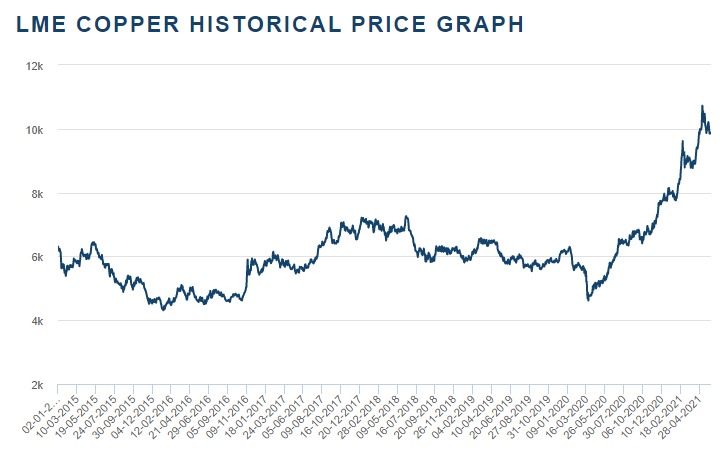


We all know the rise in copper prices has made it difficult for SME to compete with larger corporations. Having received feedback from our clients, we’ve had an extensive look
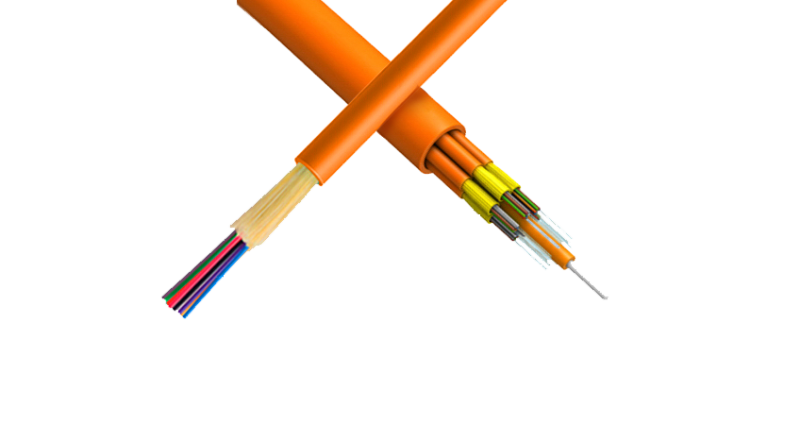
Tight-buffered cable was considered best for indoor applications whilst loose-tube cable was best for outdoor applications. Many places avoiding using them as alternatives due to their material features. Despite this,
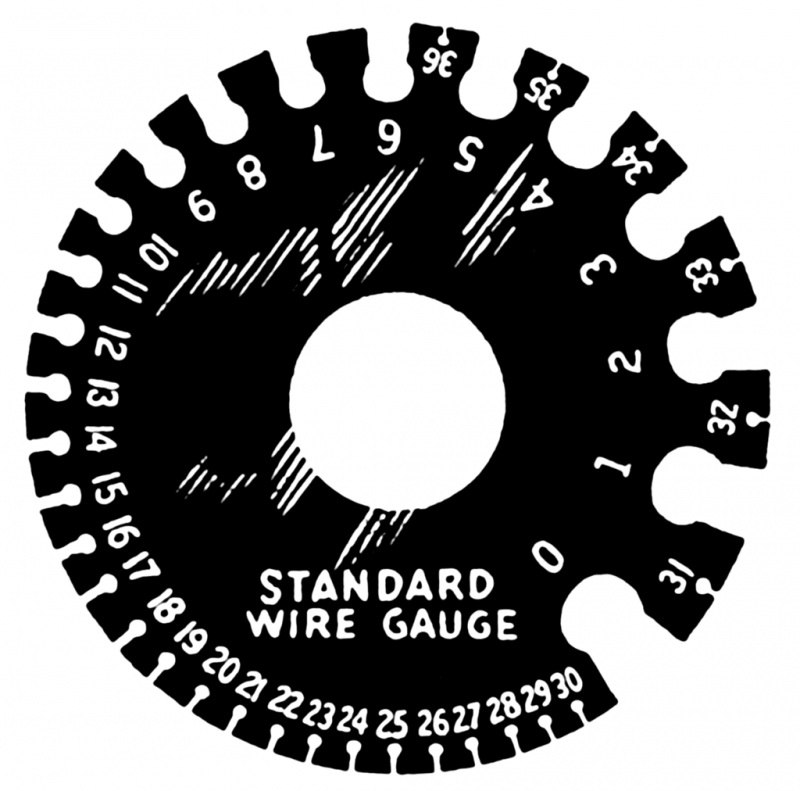
American Wire Gauge or AWG is the US standard measure for the diameter of cable electrical conductors. This AWG chart is based on the number of dies originally required to
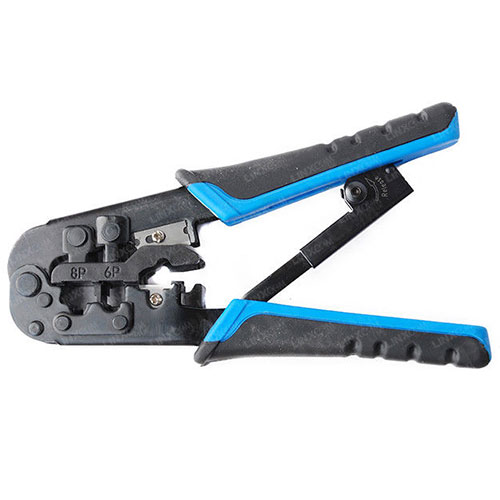
The process of terminating twisted pair cable may seem simple on the surface, however, issues involving unproperly terminated solutions can arise, specially within today’s High-Performance LANs. With so many ways
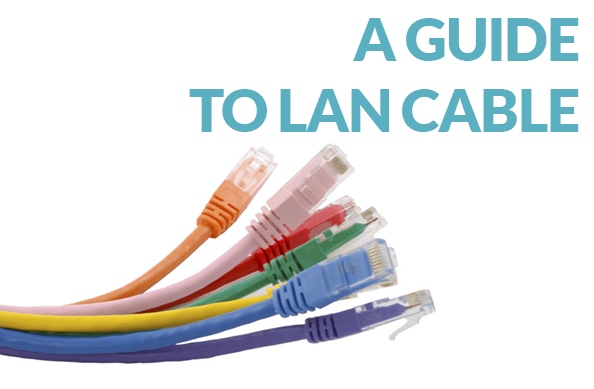
Despite the many advancements in fibre optic cable and newer builds taking advantage of this technology, LAN cable is pretty much used everywhere. LAN AND LAN CABLE LAN stands for
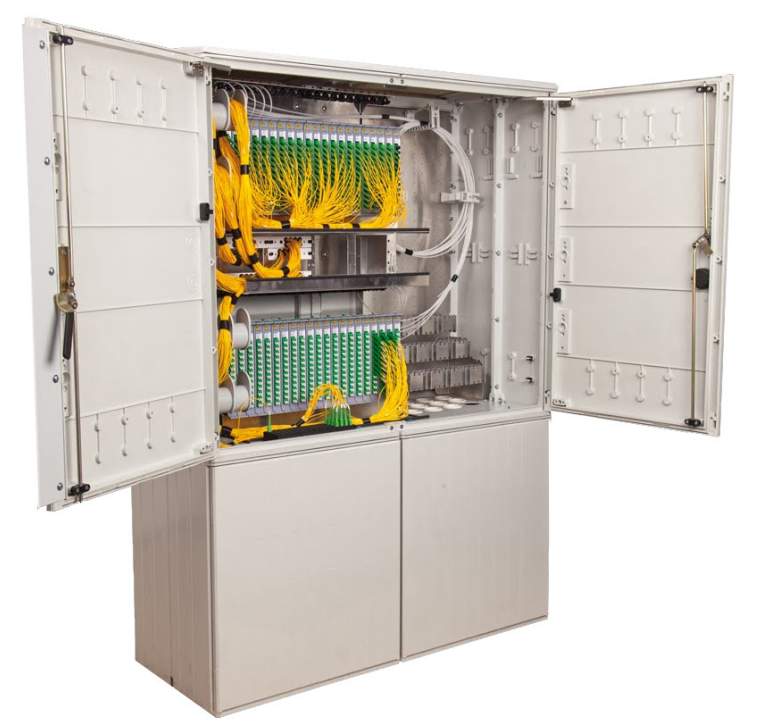
With fibre optic installations becoming increasingly more popular, the management of optical transmissions has networks has become more difficult. As discussed in our previous blog, many factors need to be
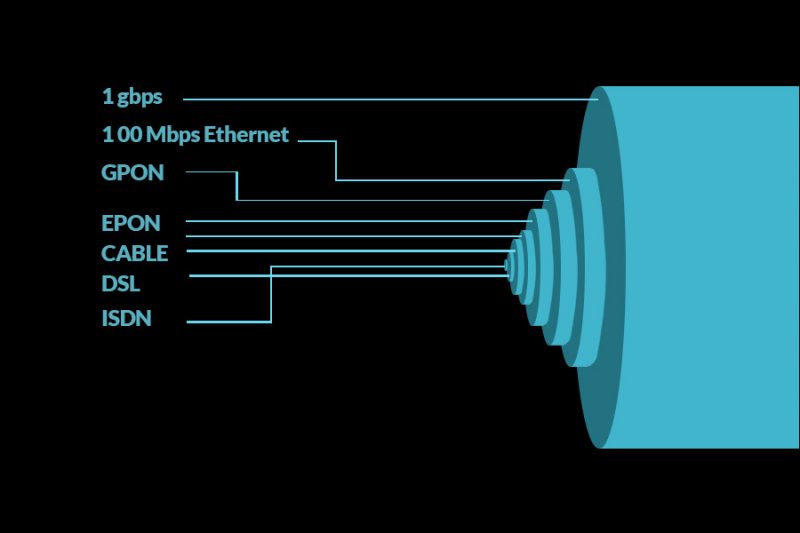
Bandwidth in cables refers to the range of frequencies used to transfer information through data cables. The broader the bandwidth, the more data can be carried respectively. The bandwidth in
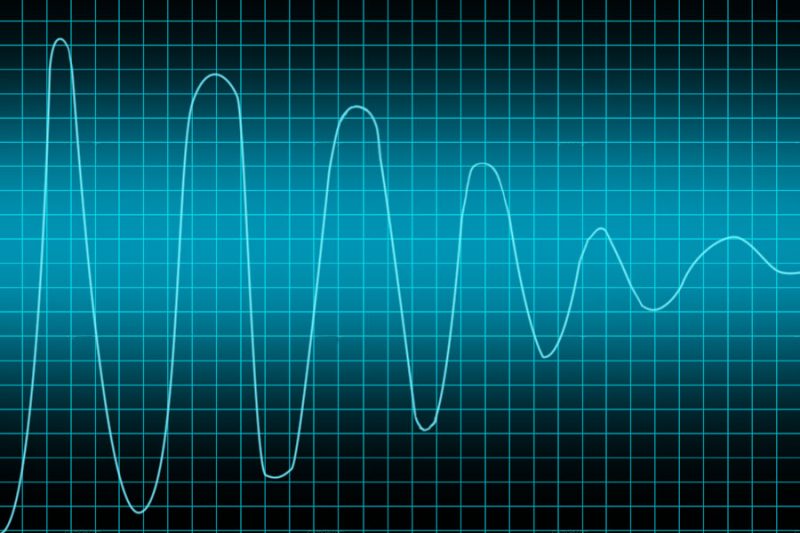
When attenuation is used by networking professionals it refers to loss of signal strength due to [x] factors. This can be either internal or external. Below we will see what
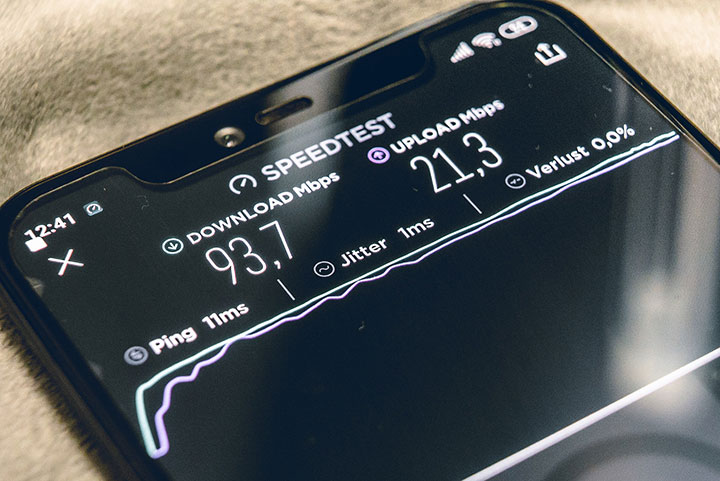
As technology develops we are seeing a rise in wireless connectivity. Most cities are now adapting free Wi-Fi hotspots helping both local as well as international visitors stay connected. Our
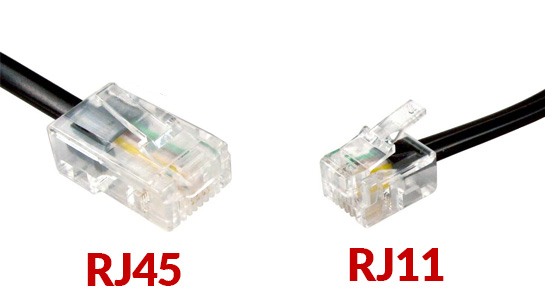
Since the old days of analogue telephones and faxes, cables and connectors have been an integral part of a network communication. By now, everyone has seen an RJ45 connector, it’s
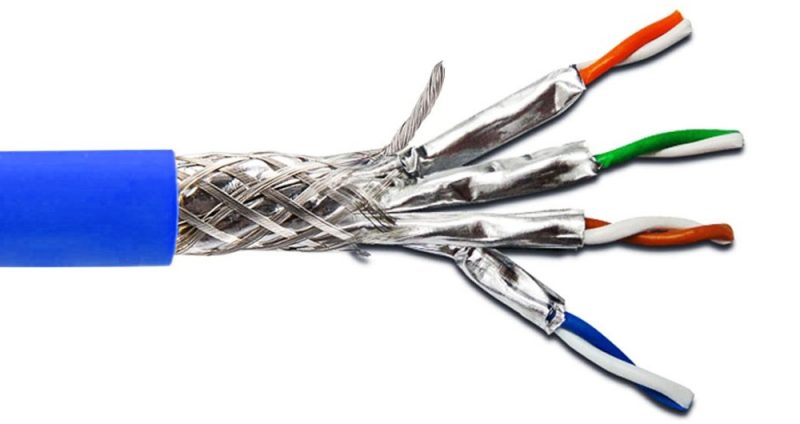
When ordering a cable you may be tempted to consider whether or not to have it braided. Cables are braided for either of these reasons: To electrostatically screen the cable
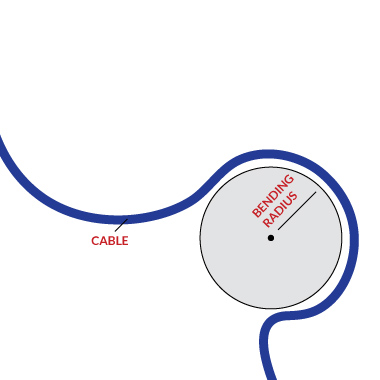
You’ll often see ‘bending radius’ on our cable product datasheets and wonder what we’re referring too. The cable bending radius is a measurement of the smallest diameter a cable can
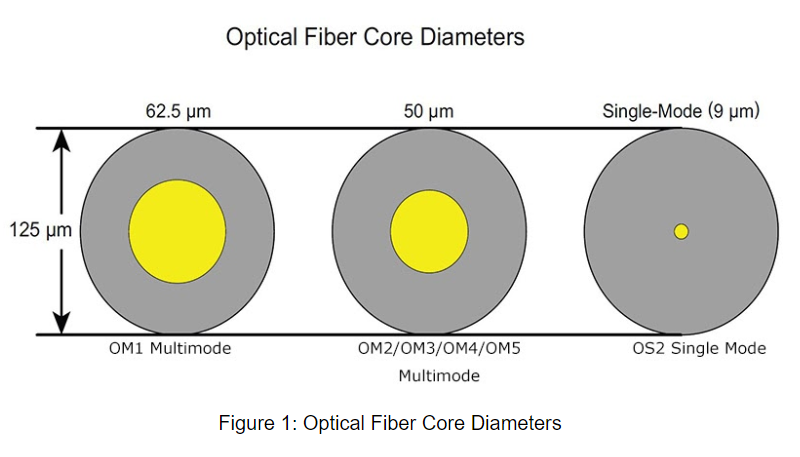
Despite single mode fibre (SMF) and multimode fibre (MMF) being used in diverse applications, the difference between single mode and multimode are still confusing. With many decisions coming into play
Notifications